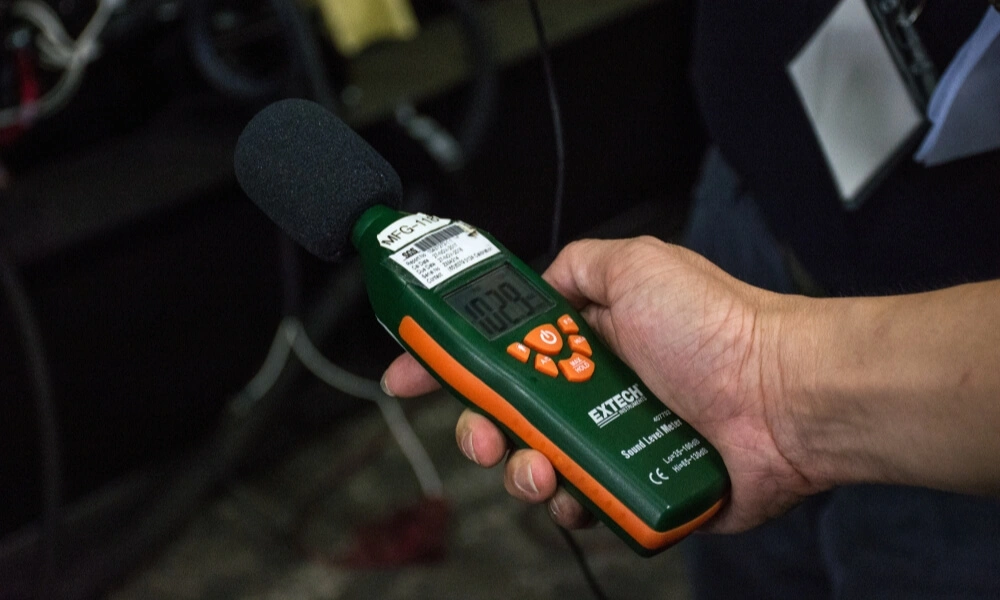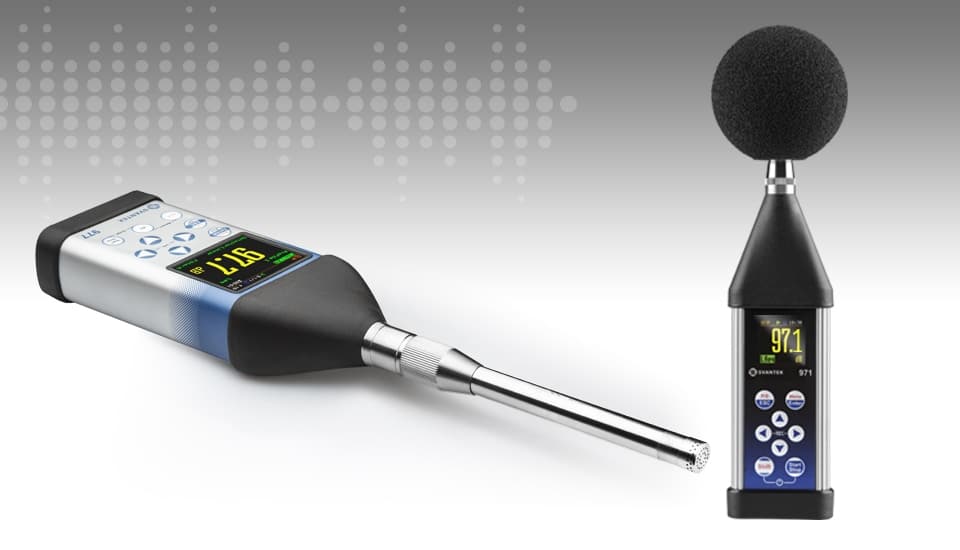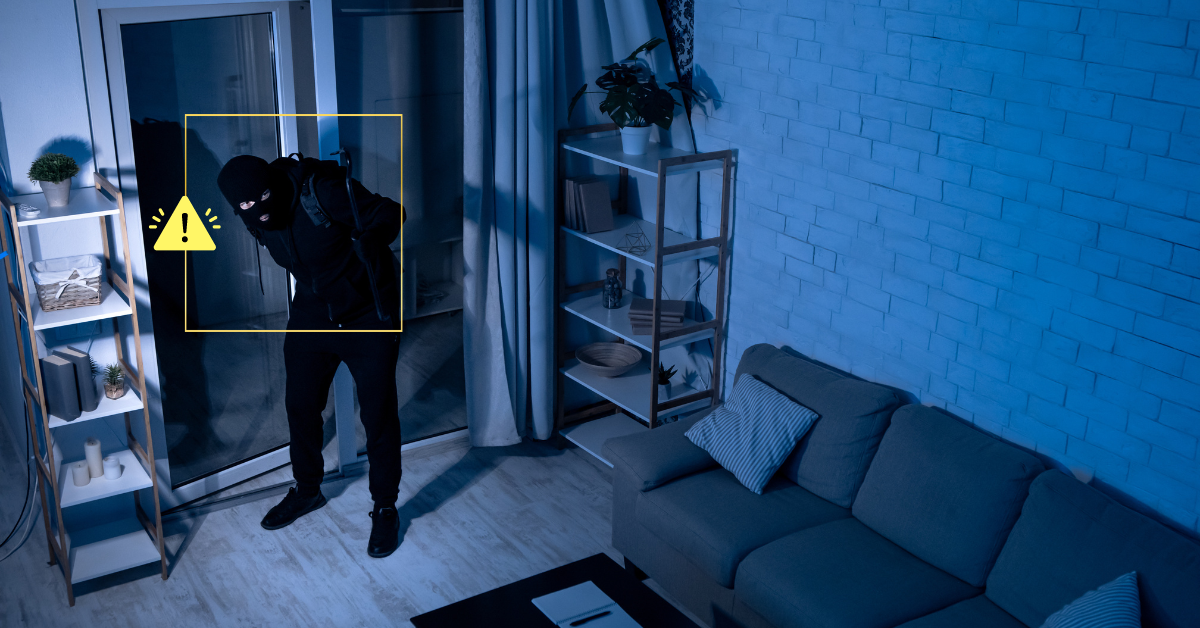Anúncios
The emergence of smart technology has revolutionized the way we approach home security. A prime example is the utilization of noise sensors and gadgets, our silent guardians, that add an extra layer of protection to our homes. This piece will delve into these sophisticated devices, their utility, and how they are enhancing home security.
In a world where safety and security are of paramount importance, technological advancements are continuously aiding in improving our peace of mind. This post will explore a variety of noise sensors and gadgets, offering an in-depth analysis of their features, how they work, and the benefits they bring to our lives.
Anúncios
From noise-detecting alarms that alert homeowners to unusual sounds, to high-tech gadgets that can differentiate between normal household noises and potential threats, these devices are becoming an essential part of modern home security systems. As we walk you through these innovative solutions, we’ll discuss their applications, installation processes, and the transformative impact they have on home security.
By the end of this, you’ll have a comprehensive understanding of the evolving landscape of home security and the pivotal role noise sensors and gadgets play in it. Armed with this knowledge, you’ll be able to make more informed decisions about the safety of your home, using the power of technology to your advantage. Stay tuned as we unravel the capabilities of these silent guardians, reshaping the way we perceive and experience home security.
Anúncios
Understanding the Role of Noise Sensors in Home Security
Noise sensors play a crucial role in modern home security by detecting changes in ambient sound levels and identifying unusual or suspicious noises. These devices are designed to recognize sounds that deviate from the normal background environment—such as shattering glass, forced entry, or loud disturbances—and can instantly trigger alerts to notify homeowners or linked security services.

What makes noise sensors particularly valuable is their ability to detect threats that other devices may miss. While motion detectors and security cameras require a line of sight or physical movement to activate, noise sensors rely on audio input. This means they can pick up on activities happening just out of camera range or before a physical breach is visible, such as someone tampering with a lock or prying open a window.
In a comprehensive home security setup, noise sensors work alongside other smart technologies to form a multi-layered defense system. For instance, a noise sensor can be programmed to activate a nearby security camera, initiate recording, or trigger an alarm the moment it detects a concerning sound. Some systems even allow for real-time monitoring and instant alerts to be sent directly to the homeowner’s mobile device, no matter where they are.
Additionally, modern noise sensors are often integrated into smart home ecosystems, allowing for seamless coordination with other devices like smart lights, sirens, or voice assistants. Their ability to monitor specific frequencies also enables customization, such as distinguishing between the sound of a dog barking and a window breaking.
Overall, noise sensors add a proactive and intelligent dimension to home security. They act as silent guardians, always listening and ready to respond, helping homeowners gain peace of mind and stay a step ahead of potential intruders.
Types of Noise Sensors and Gadgets

There are several types of noise sensors and gadgets that can be used to improve home security. These include:
- Glass Break Sensors: These devices are designed to detect the specific sound frequency of breaking glass. They are often placed near windows or glass doors to provide immediate alerts in the event of a break-in.
- Audio Analytic Sensors: These advanced devices can identify a wide range of sounds, including voices, footsteps, and unusual noises, and can often differentiate between normal household sounds and potential threats.
- Vibration Sensors: These sensors can detect vibrations or movements that may indicate an attempted break-in. They are often used on doors, windows, and other entry points.
Benefits of Using Noise Sensors and Gadgets
The benefits of incorporating noise sensors and gadgets into your home security system are extensive and impactful. These devices go beyond traditional measures, offering a heightened level of awareness and response capability that strengthens the overall security of your home environment.
One of the primary advantages is the additional layer of protection they provide. Unlike standard motion detectors or surveillance cameras, noise sensors can detect auditory cues that may signal danger — such as the shattering of glass, forced entry through doors, or even raised voices and suspicious movement sounds. By capturing these audio signatures, noise sensors serve as an early warning system, helping to identify potential threats that might otherwise go unnoticed. This heightened sensitivity ensures that you’re not solely relying on visual surveillance, but also on auditory triggers that broaden your security coverage.
Another significant benefit is the ability to integrate noise sensors with other smart home and security systems. Modern setups are increasingly modular and connected, allowing devices to work together to form a cohesive security network. When a noise sensor is triggered, it can initiate a variety of responses depending on the configuration — for instance, activating nearby security cameras to start recording, turning on lights to deter intruders, or sending an immediate alert to the homeowner or a security monitoring service. This synchronized response improves both the speed and efficiency of your home’s defense system, potentially preventing a threat from escalating.
Moreover, many of today’s noise sensors fall under the category of smart technology, meaning they can be managed remotely through mobile apps or integrated home automation hubs. This gives homeowners a powerful advantage — the ability to monitor their property in real-time, no matter where they are in the world. Notifications are typically instant and customizable, enabling users to be alerted specifically when unusual or abnormal sounds are detected, rather than receiving constant irrelevant updates. Some systems even allow you to listen in remotely, providing context and aiding in decision-making.
These smart sensors also support data analytics and sound classification, which help distinguish between harmless household noises — like a pet knocking something over — and sounds that suggest a genuine security threat. This reduces false alarms, increases accuracy, and provides more confidence in your security setup.
Finally, noise sensors are generally non-intrusive and easy to install, making them a practical solution for homeowners looking to upgrade their security system without significant structural changes or costs. They can be discreetly placed in strategic areas like entryways, windows, or common rooms, and some are battery-operated for added flexibility.
In conclusion, noise sensors and gadgets significantly enhance home security by offering auditory monitoring, real-time alerts, system integration, and remote control capabilities. They empower homeowners with greater situational awareness, faster response times, and a more comprehensive safety net — ensuring a well-rounded approach to modern home protection.
Tips for Effective Use of Noise Sensors and Gadgets
When using noise sensors and gadgets to enhance home security, it’s important to use them effectively. Here are some tips to ensure your noise sensors are doing their job correctly:
- Placement: Noise sensors should be placed near potential entry points, such as doors and windows, to maximize their effectiveness.
- Integration: If possible, integrate your noise sensors with your other home security systems. This will allow for a coordinated response to any potential threats.
- Regular Testing: It’s important to regularly test your noise sensors to ensure they are working correctly. This will ensure they can provide reliable protection.
Choosing the Right Noise Sensors and Gadgets
Selecting the appropriate noise sensors and gadgets for your home security setup is a crucial step in building an effective, responsive system. With the market offering a wide array of options—ranging from basic sound detectors to advanced smart sensors equipped with AI-powered analytics—the decision-making process can feel overwhelming. However, by considering a few key factors, you can confidently choose devices that align with your unique needs and ensure your home remains well-protected.

One of the first aspects to assess is the size and layout of your property. Larger homes with multiple floors, open spaces, or detached buildings may require more devices to ensure complete coverage. Strategic placement is essential to avoid sound “blind spots.” For example, installing sensors near vulnerable entry points such as windows, garages, and back doors can significantly improve the chances of detecting unusual noises before they escalate into security threats.
Equally important is understanding your specific security priorities. Ask yourself what types of incidents concern you the most: Are you worried about intruders breaking windows or forced entries? Do you live in a noisy neighborhood where distinguishing between everyday noise and potential threats is critical? Clarifying these concerns will help you identify whether you need standard sound sensors, specialized glass break detectors, or intelligent devices capable of filtering ambient noise and identifying genuine threats.
Next, pay close attention to the technical specifications of each device. This includes:
-
Detection range: How far can the sensor pick up sounds accurately? Devices with a broader range are more suitable for open areas, while high-sensitivity sensors may be better for smaller, enclosed spaces.
-
Sound type recognition: Some advanced models can recognize specific sounds like footsteps, shouting, or glass breaking. These are ideal for environments where false alarms from pets, televisions, or passing traffic are a concern.
-
Connectivity and integration: Choose sensors that can easily integrate with your existing home automation or security systems, such as smart hubs, mobile apps, or third-party platforms like Alexa or Google Home.
Another crucial element is the ease of installation and maintenance. Some sensors are plug-and-play, requiring minimal setup, while others might involve more complex mounting or wiring. Battery life is another consideration—opt for devices that offer long-lasting performance or come with rechargeable options to minimize maintenance.
Don’t overlook the build quality and durability of the product. Devices used in high-traffic areas or near entrances should be resistant to dust, humidity, and tampering. If you live in a region with extreme temperatures, be sure to choose a model rated for those environmental conditions.
Equally important is researching the brand reputation and customer reviews. Trusted manufacturers with a proven track record of quality and responsive customer service are more likely to deliver reliable performance. Look for detailed customer feedback on performance, false alarms, ease of use, and compatibility to help guide your decision. Online forums and tech review sites can also provide deeper insights into real-world usage.
Lastly, consider your budget and long-term value. While it might be tempting to opt for the most affordable option, investing in a high-quality sensor with robust features and good support can save money and frustration in the long run. Evaluate whether the device offers firmware updates, warranty coverage, or technical support, which can extend its usability and effectiveness.
In conclusion, choosing the right noise sensors and gadgets for your home requires thoughtful consideration of your property’s characteristics, security goals, technical preferences, and budget. When selected and implemented effectively, these devices can offer a powerful and proactive layer of defense—detecting suspicious activity, triggering alarms or recording systems, and alerting you in real time. In the modern age of smart security, making informed choices about your home’s protective technology can make all the difference in keeping your loved ones and property safe.
Conclusion
Silent Guardians is an invaluable advancement in home security systems. Through noise sensors and gadgets, the system offers robust protection, providing peace of mind to homeowners. It leverages the latest technology to identify potential security breaches, making it a reliable choice for those seeking to enhance their home security. Furthermore, the ease of use, as well as the adaptability of these noise sensors and gadgets, adds to the convenience, making it an ideal choice for every homeowner. Moreover, the Silent Guardians system stands as a testament to the importance of investing in top-notch home security systems, thereby reinforcing the need to prioritize security in our daily lives. It is not only a protective measure, but also a preventive solution, alerting homeowners to potential threats. With Silent Guardians, home security is no longer just about locks and alarms; it has been redefined to incorporate smart technology, resulting in a more comprehensive, efficient, and responsive system. In essence, Silent Guardians is the future of home security, embodying innovation, reliability, and most importantly, safety.

